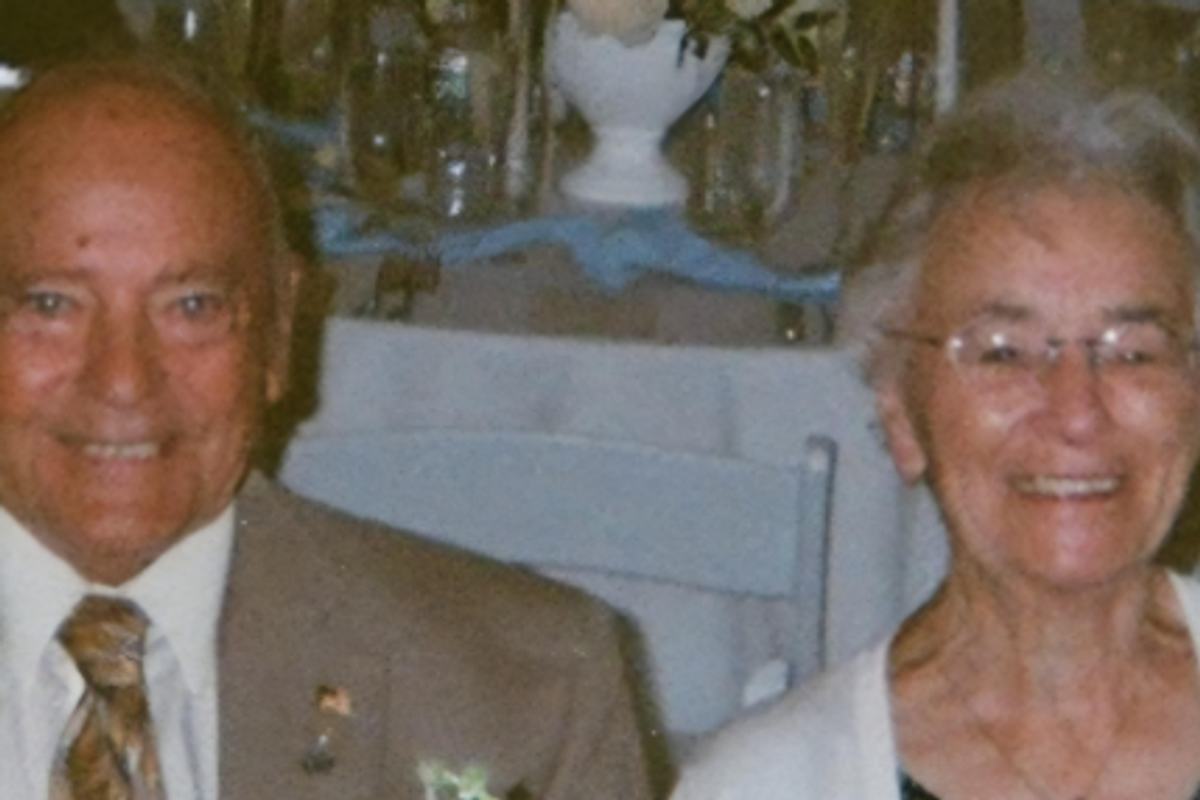This is the first of what I hope will be an occasional series of columns that will offer some of my ideas for our future in Northwest Connecticut and solicit your ideas on those subjects.
So many things are changing in our area, and so rapidly, that for the area to remain vital, viable, sustaining of its population, and inviting for newcomers, we need to take charge of change rather than to let it happen unguided. And so the ideas put forward in these columns – by you as well as by me — will need to range over concerns economic, social, environmental, and just plain neighborly.
Our area’s wonderful, varied natural surroundings, good weather, vibrant history, friendly small towns, and available housing provide as terrific a place to live and work in as can be found anywhere. I certainly think so and I believe that you do too, else you would not be here. That goes for those born and raised here, and for the rest of us who, like me, came here as adults and have adopted the area (and have let it adopt us).
To start off, then, I’d like to suggest doing something with the Lakeville Railroad Station, a town of Salisbury property. Empty and unused for some years, I think it deserves to be used as the base of some enterprise, preferably a non-profit, whose objectives are commensurate with its being owned by the town, and with attempts to meet the area’s current and future needs.
A little background on the station. Built in 1871, it was in use as a railroad depot through the 1920s and 1930s. The last freight trains came through in 1938. After that it was in private hands, until 1951, when it was deeded to the town. It is a part of the Lakeville Historic District, which comprises more than twenty buildings, parks, and waterways. Its last memorable use was as headquarters for the local radio station. Now opposite three restaurants, and with adequate parking slots nearby, it is in a desirable location.
An inquiry to Town Hall revealed that the train station is considered to be in limbo just now, because so are the major buildings of the Historic District, the former Holley Knife Factory and the proposed Holley Block of apartments — the first, because of environmental problems that have deterred buyers, and the second, because of on-going litigation over the proposed new building on the property. The current thinking at Town Hall, evidently, is that nothing can be done with the station until the fate of the larger buildings is settled.
But the train station’s being in limbo need not prevent us from thinking about what it might be in the future. Indeed, it gives us more time to chew it over.
My idea is to have the station become the site of a small-business incubator that would provide at subsidized costs the sort of facilities that will help nascent enterprises grow, particularly digital enterprises that remotely service customers and clients. There are perhaps dozens of local people currently operating such businesses from their spare bedrooms, or thinking about doing so, and there are even more potential newcomers for whom the existence of such an incubator would provide additional incentive to relocate to the area.
I envision the office occupants sharing costs that might otherwise be too high for individual fledgling businesses, such as rent, electricity, wifi connection, heating, and even insurance. Keeping overhead low during their start-up phases should help them stabilize and grow. Since the train station is town-owned and town-maintained, the rent to the non-profit’s tenants could be minimal, and further subsidized by their being able to take advantage of the low, bulk prices that the town pays for fuel, electricity, and insurance. Eventually, these nascent businesses will be viable enough to rent commercial space, and we can hope that by then they will have become as much enamored of the area as we are, and will locate nearby.
I could go into greater detail about such a business incubator — which I deem necessary, whether sited in the train station or elsewhere — but I am eager to read your alternate notions for the use of this community asset, the Lakeville Train Station. Let’s get the conversation going!
Please email me at shachtmantom@gmail.com, or snail-mail me at PO Box 630, Salisbury CT 06068. All replies will be kept confidential, and will not be printed in future columns without your permission.
Tom Shachtman is the author of more than a dozen American and world histories and of documentaries seen on all the major networks. He lives in Salisbury.










Your ideas wanted!: Some thinking on the use of a historic building in Lakeville